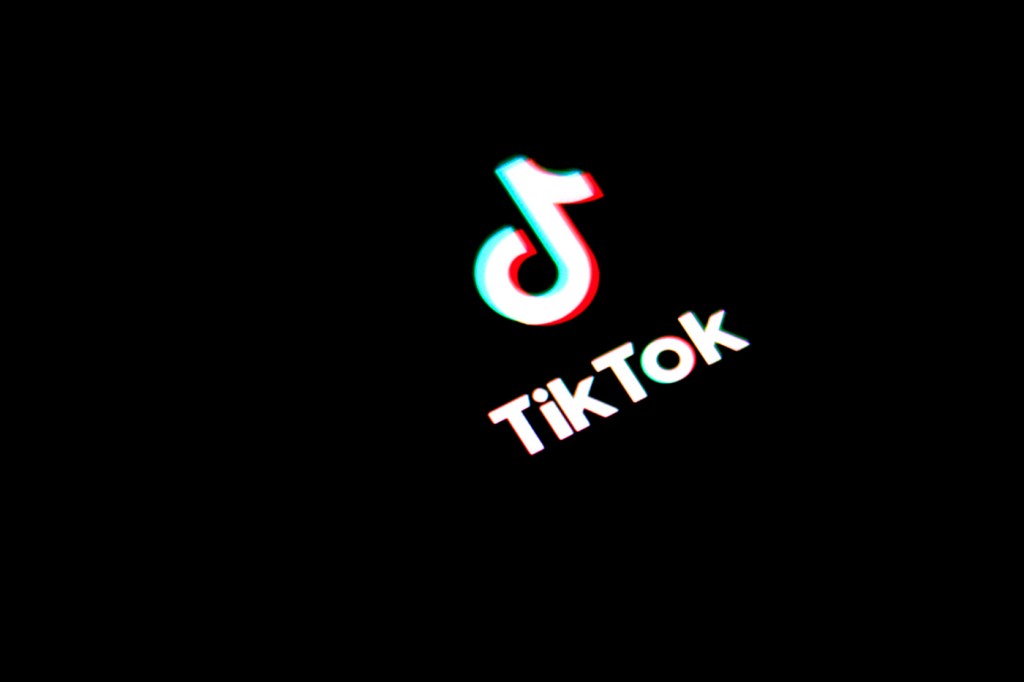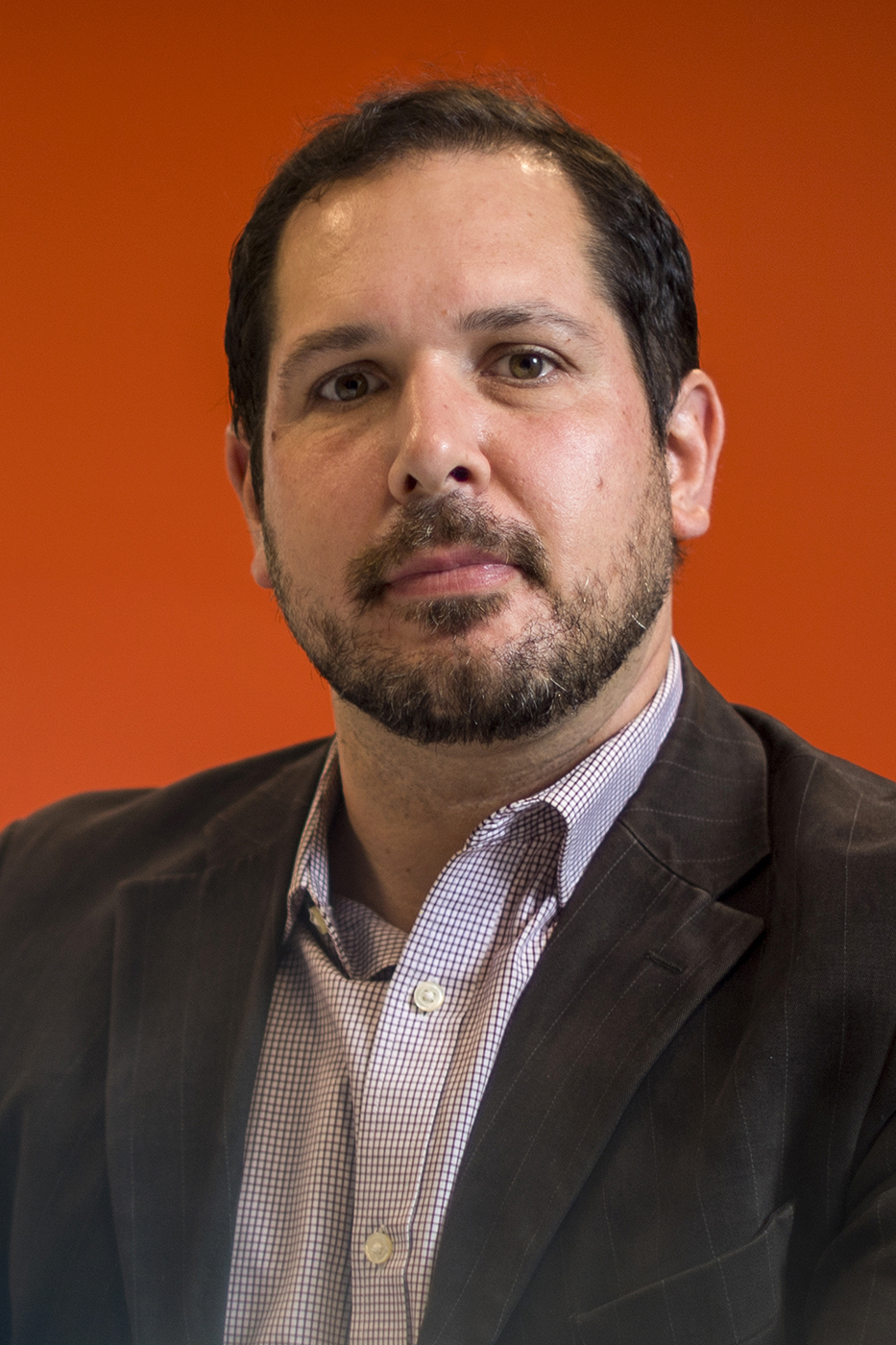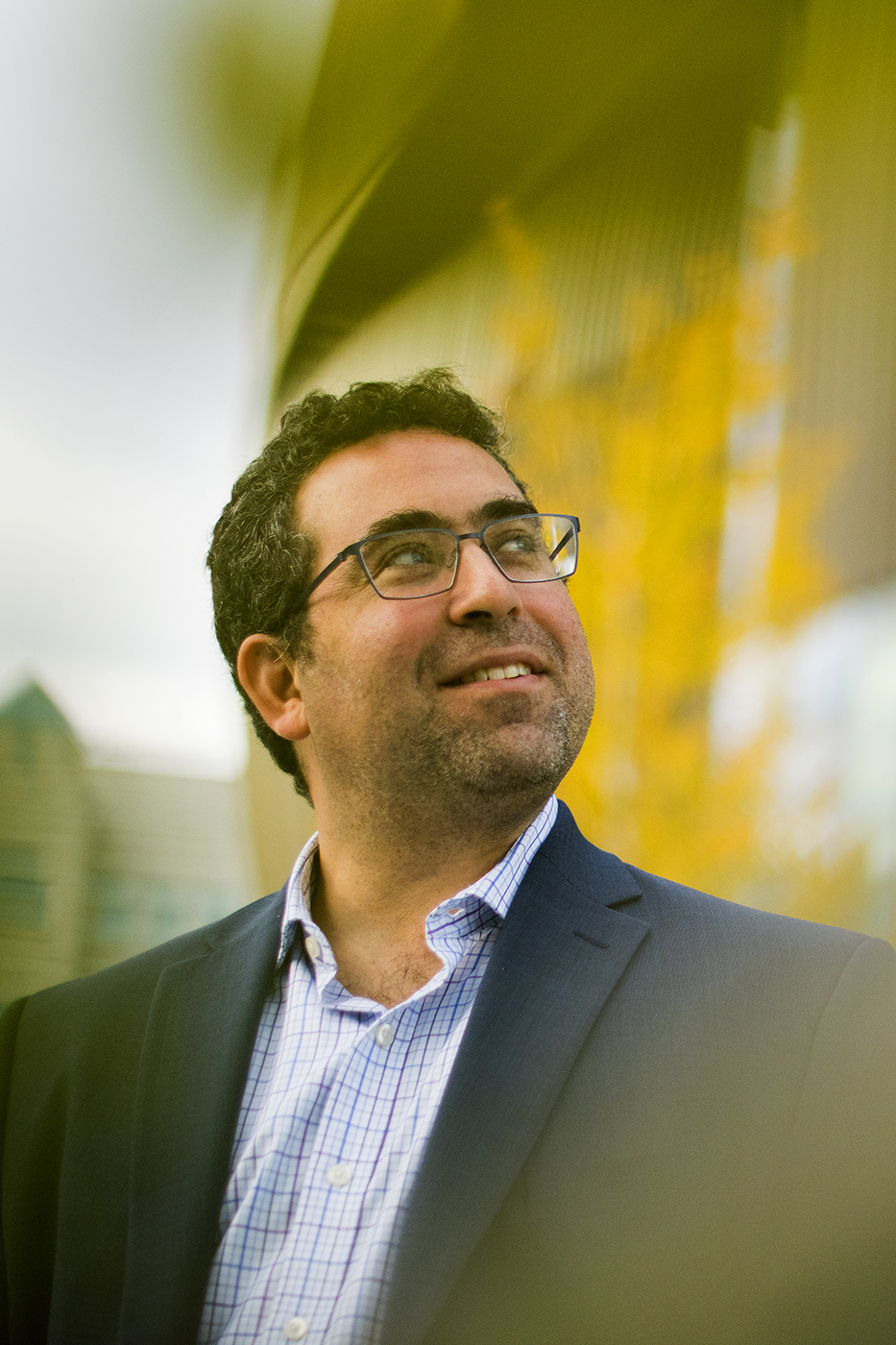How TikTok is influencing the tide of war in Ukraine

This report is part of ongoing coverage of the Russia-Ukraine war. Visit our dedicated page for more on this topic.
Social media featured prominently in the Arab Spring uprisings in 2011, helping to catalyze pro-democratic fervor and shape political debate in the Middle East at that time.
In Ukraine, now engaged in a full-scale ground war with Russian forces, posts by regular citizens have directly influenced the tide of war in these early days, from helping to expose the movements of Russian convoys to rallying international support around the resistance, Northeastern experts say.
“Social media has not been a neutral observer in this conflict” so far, says Max Abrahms, associate professor of political science and an expert in international security. “It’s clear that overwhelmingly social-media users are siding with Ukraine.”

John Wihbey, associate professor of journalism and media innovation. Photo by Matthew Modoono/Northeastern University
With so many Ukrainian civilians and soldiers in the line of fire, there’s been a glut of social content from the front lines, which major news organizations have used to construct an information-rich picture of the invasion that is, in some ways, unprecedented for a conflict in its early days, says John Wihbey, associate professor of media innovation and strategy at Northeastern, who studies misinformation online.
The conflict has been dubbed a “TikTok war,” because some of the war’s most salient early images, from the mobilization of Russian troops to the firing of the first missiles, were captured by users of the social-media platform.
“If you’re Russia, you’re trying to coordinate action quietly,” Wihbey says. “Social media, in this moment, is going to significantly favor a people who are trying to defend their territory by exposing Russian troop movements.”
Even as the situation continues to unfold, the proliferation of still images, videos, and text available online has provided the Ukrainians with important strategic awareness of Russia’s advance, Wihbey says.

Max Abrahms, terrorism expert and professor of political science. Photo by Matthew Modoono/Northeastern University
“Everyone understands that the information environment itself is an important battle-space, because public opinion in Europe, in Russia, and in the U.S., are certainly variables in how leaders decide what to do—in some cases—hour by hour,” Wihbey says.
In an attempt to control this information space, Russian leaders are now reportedly moving to censor certain segments of its domestic media—a sign that its disinformation campaign is failing to shore up support for the cause, Wihbey says.
“Censorship, to me, says, ‘I’ve run out of disinformation tools,’” Wihbey says. “Autocratic regimes are at their most effective when they can engage in disinformation.”
And Russia has a sophisticated network for disseminating disinformation. Putin first pitched the attack on Ukraine as a “special military” exercise aimed at “demilitarizing” the country. Videos of captured Russian soldiers expressing that they have been “deceived and abandoned,” and that they thought they were only being mobilized for training, have since given people reason to question that narrative.
The dissonance between the Kremlin’s line and the reality on the ground is likely to continue eroding Russia’s credibility to observers in the West, Wihbey says.
And those differences in the wartime narratives are already serving the Ukrainian cause. Videos of Russian prisoners of war being treated humanely by Ukrainians have been circulating online. Ukrainians have also set up a hotline to help mothers of Russian soldiers track down their sons. The Kremlin has responded to the growing solidarity with Ukraine and its own domestic dissent by cracking down on protesters and further limiting social-media access within its borders.
Still, users should exercise caution, for a variety of reasons. Social-media content can be “reverse-engineered and used as a police tool” by Putin, for example, Wihbey says. And verification processes online still haven’t caught up to the speed with which malcontents are able to post and repurpose disinformation.
“It’s extremely easy to take footage of another conflict from long ago and claim it’s fresh,” Wihbey says.
For media inquiries, please contact media@northeastern.edu.






